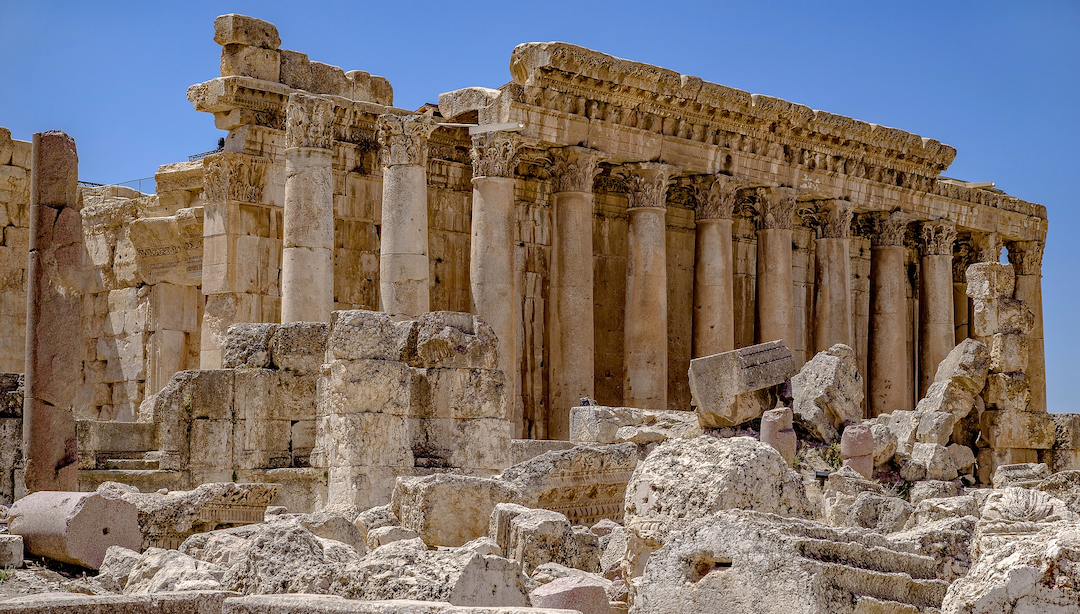
Roman numerals, a system of numerical notation that originated in ancient Rome, have persisted through the ages, transcending time and cultural shifts. While their usage has evolved, these symbols continue to find relevance in various aspects of modern life, from clock faces and book chapters to movie sequels and prestigious events. In this comprehensive guide, we embark on a journey to demystify Roman numerals, exploring their origin, structure, applications, and the reasons behind their enduring presence in our numerical lexicon.
The Origin and Structure of Roman Numerals
The Roman numeral system is an ancient numeric system that originated in Rome and was used throughout the Roman Empire. Unlike the modern decimal system, Roman numerals are based on a combination of letters from the Latin alphabet. The key symbols are:
V: 5
X: 10
L: 50
C: 100
D: 500
M: 1000
The basic principle governing Roman numerals is the additive property. Numbers are formed by combining these symbols, with smaller values placed to the right of larger values. However, there are specific rules to follow:
1. Repetition Rule
A numeral may not appear more than three times in a row. To represent numbers beyond this limit, a smaller numeral is placed in front of a larger one.
2. Subtraction Rule
To subtract, a smaller numeral is placed in front of a larger numeral. For example, IV represents 4 (5 - 1), and IX represents 9 (10 - 1).
Understanding the Roman Numeral System
1. Basic Values
The fundamental symbols represent basic values. I is 1, V is 5, X is 10, L is 50, C is 100, D is 500, and M is 1000.
2. Addition
To form a number, you add the values of the symbols. For example, II is 2 (1 + 1), and LX is 60 (50 + 10).
3. Subtraction
Subtraction is represented by placing a smaller numeral in front of a larger one. For instance, IV is 4 (5 - 1), and XC is 90 (100 - 10).
4. Zero
Roman numerals do not have a representation for zero, which is a notable difference from the modern decimal system.
Applications of Roman Numerals
1. Clock Faces
Clock faces often use Roman numerals, contributing to the timeless aesthetic associated with timekeeping. This tradition harks back to the era when clockmakers adopted Roman numerals for their elegance.
2. Book Chapters and Outlines
Roman numerals are commonly used in book chapter numbering and outlining. The main sections of a book may be labeled with Roman numerals, adding a sense of structure and hierarchy.
3. Movie Sequels and Copyright Dates
Movie sequels frequently use Roman numerals in their titles, adding a classic and prestigious touch. Additionally, copyright dates on legal documents may be expressed in Roman numerals.
4. Monuments and Building Cornerstones
Architectural elements, such as the cornerstones of buildings or monuments, often bear inscriptions in Roman numerals, creating a sense of permanence and tradition.
5. Analog Watches
Roman numerals continue to grace the faces of analog watches, blending functionality with a nod to classical design.
Educational Significance: Teaching Roman Numerals
1. Historical Context
Educators can introduce Roman numerals by providing historical context. Understanding the ancient roots of this numeral system enriches students' appreciation for its enduring legacy.
2. Hands-on Activities
Incorporating hands-on activities, such as building Roman numeral clocks or creating Roman numeral crossword puzzles, engages students and reinforces their understanding through practical application.
3. Comparisons with Modern System
Drawing comparisons between Roman numerals and the modern decimal system helps students grasp the fundamental differences and appreciate the unique characteristics of each system.
4. Real-world Applications
Highlighting real-world applications, such as the use of Roman numerals in historical artifacts or contemporary contexts, bridges the gap between theory and practical relevance.
Reasons for the Enduring Presence of Roman Numerals
1. Cultural Tradition
Roman numerals carry a rich cultural tradition, and their continued use in certain contexts preserves a sense of historical continuity.
2. Aesthetic Appeal
The aesthetic appeal of Roman numerals is undeniable. Their graceful curves and classical appearance contribute to an elegant and timeless visual language.
3. Symbolic Significance
In certain applications, Roman numerals carry symbolic significance. For example, the use of Roman numerals in clock faces can evoke a sense of tradition and prestige.
4. Formality and Prestige
The formal and prestigious connotations associated with Roman numerals make them suitable for use in ceremonial events, historical markers, and areas where a touch of classic sophistication is desired.
Conclusion: A Timeless Numeric Language
The enduring presence of Roman numerals in our modern world is a testament to the resilience of a numerical system that has weathered centuries. Whether adorning clock faces, indicating chapter numbers, or gracing the cornerstone of a building, Roman numerals contribute a touch of history, tradition, and elegance to our numeric language.
Understanding Roman numerals goes beyond a mere comprehension of symbols; it unveils a cultural legacy that has stood the test of time. Embracing the mystique of Roman numerals enriches our appreciation for the diversity of numeric systems and underscores the profound impact of ancient civilizations on the fabric of contemporary society. In a world of ever-evolving numerical representations, Roman numerals continue to weave a timeless thread that connects us to the past while gracefully navigating the currents of the present.
Share this post
Leave a comment
All comments are moderated. Spammy and bot submitted comments are deleted. Please submit the comments that are helpful to others, and we'll approve your comments. A comment that includes outbound link will only be approved if the content is relevant to the topic, and has some value to our readers.

Comments (0)
No comment